Architectural Lighting Design - Architectural Lighting Assistance
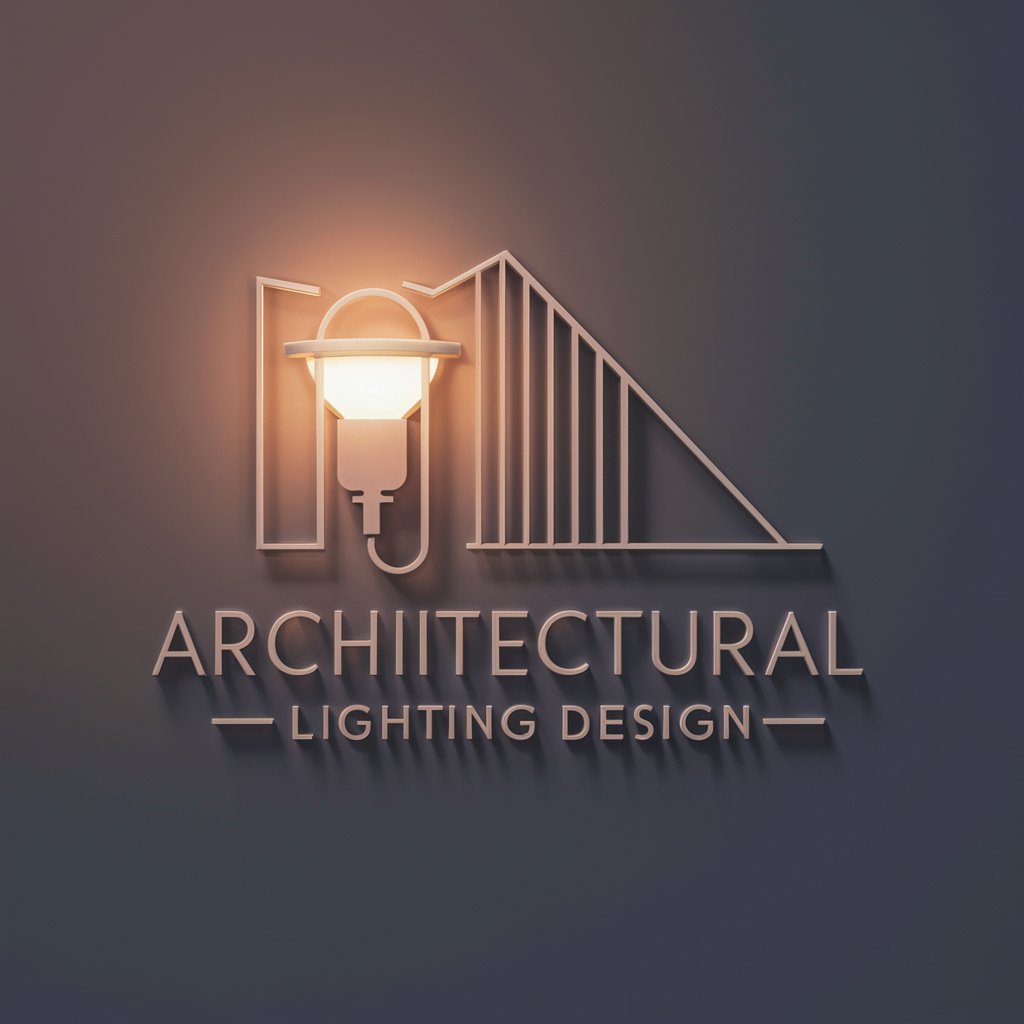
Welcome! Let's explore how lighting can transform your architectural space.
Illuminate spaces with AI-driven design
Can you explain how ambient lighting can transform a room?
What are some examples of notable buildings with exceptional lighting design?
How can strategic lighting enhance architectural details in a space?
What tips do you have for selecting the right light fixtures for an office?
Get Embed Code
Overview of Architectural Lighting Design
Architectural Lighting Design is a field that intersects architecture, interior design, and electrical engineering, focusing on integrating light into the fabric of architecture to enhance the aesthetic appeal and functionality of spaces. The basic functions of architectural lighting design involve planning and implementing lighting systems to highlight architectural features, improve visibility, ensure safety, and contribute to the well-being of occupants. A key aspect is the strategic use of different lighting types, such as ambient, task, and accent lighting, to create a balanced and dynamic environment. For example, in a museum setting, accent lighting might be employed to emphasize artworks, while ambient lighting ensures visitors can navigate the space comfortably. This meticulous approach allows lighting design to transform mundane spaces into experiences, adding depth, contrast, and emotion. Powered by ChatGPT-4o。

Core Functions of Architectural Lighting Design
Enhancing Aesthetics
Example
Façade lighting of historical buildings
Scenario
By strategically placing exterior lighting fixtures, the architectural details of historical buildings are accentuated during the nighttime, showcasing their beauty and increasing tourist attraction.
Improving Functionality and Safety
Example
Office lighting design
Scenario
Task lighting in offices is designed to reduce eye strain for employees, while ambient lighting creates a comfortable environment. Emergency lighting, part of safety measures, ensures pathways are illuminated during power outages.
Creating Atmosphere
Example
Restaurant ambient lighting
Scenario
In restaurants, a combination of ambient, task, and accent lighting creates a welcoming atmosphere, enhances the dining experience, and highlights specific architectural or decor elements.
Promoting Energy Efficiency
Example
LED lighting in commercial buildings
Scenario
The adoption of LED technology in commercial buildings not only reduces energy consumption and costs but also offers flexibility in lighting design, contributing to sustainable architectural practices.
Supporting Human Well-being
Example
Biophilic design elements in a workplace
Scenario
Incorporating natural light, where possible, and human-centric artificial lighting that mimics the natural light cycle supports circadian rhythms, enhancing employee productivity and well-being.
Target User Groups for Architectural Lighting Design Services
Architects and Interior Designers
Professionals looking to incorporate lighting as an integral part of their design concept to enhance spatial aesthetics and functionality.
Commercial Property Owners
Owners seeking to improve the appeal, safety, and energy efficiency of their properties to attract tenants and customers.
Municipalities and Public Institutions
Entities aiming to upgrade public spaces, such as parks, streets, and government buildings, with effective and sustainable lighting solutions.
Hospitality Industry Professionals
Hotel and restaurant owners/managers looking to create unique, welcoming atmospheres that enhance guest experiences through specialized lighting.
Residential Homeowners
Individuals seeking to personalize their living spaces, improve comfort, and ensure safety through tailored lighting design.

Guidelines for Utilizing Architectural Lighting Design
Begin Your Journey
Start by visiting yeschat.ai to access a free trial without the need for login, avoiding the requirement for ChatGPT Plus.
Understand the Basics
Familiarize yourself with the fundamental concepts of architectural lighting, including accent, ambient, and task lighting, to better comprehend how lighting affects space.
Identify Your Needs
Assess the specific requirements of your project, whether it's enhancing a commercial space, accentuating architectural features, or improving residential comfort.
Experiment with Lighting
Utilize the tool to simulate different lighting setups in your space. Experiment with light placements, intensities, and colors to achieve the desired ambiance.
Seek Expert Advice
Leverage the AI's capabilities to receive personalized advice based on your project's details. Share layouts or images for customized lighting design suggestions.
Try other advanced and practical GPTs
DeviantArt-AI
Bringing Your Imagination to Life

Logo Maker
Craft Your Brand Identity with AI
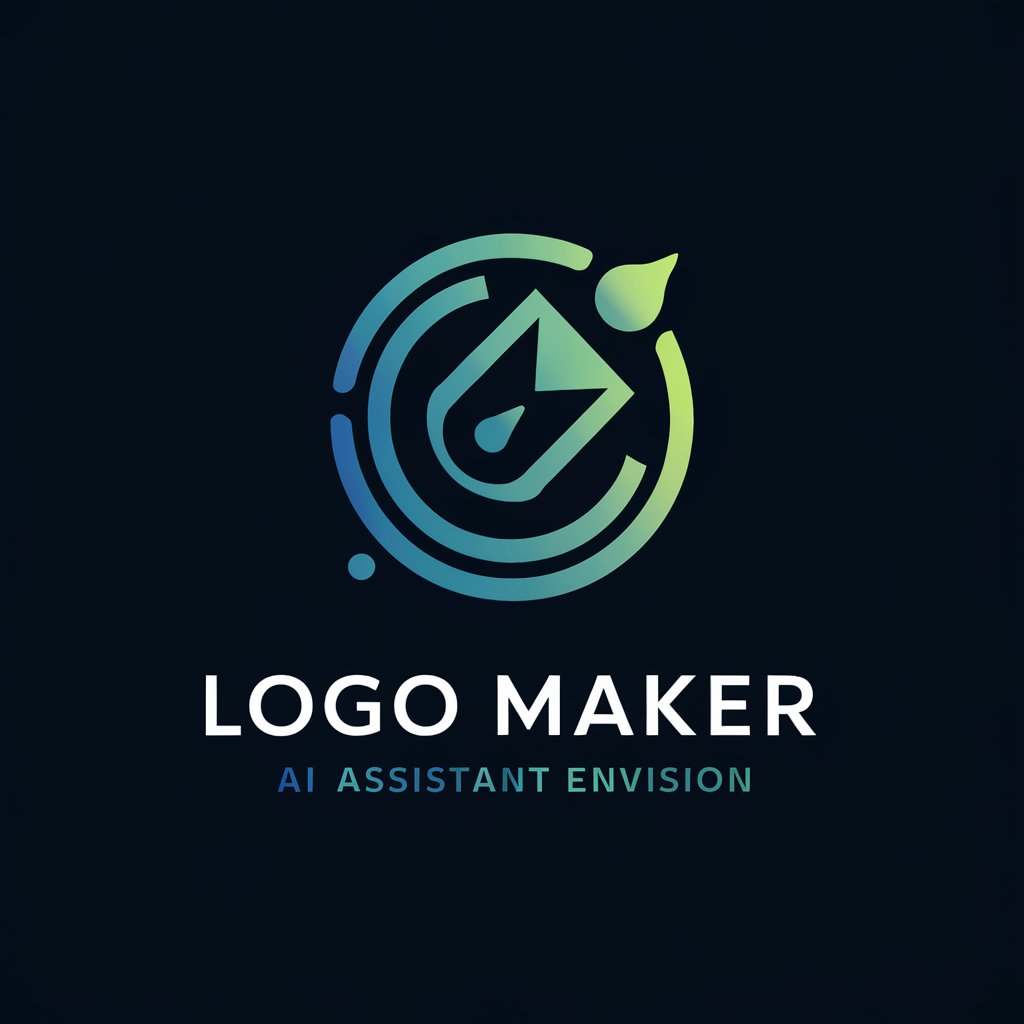
Playwright
Crafting drama with AI precision.

Allegorical Adam
Craft stories that resonate, powered by AI

DreamSculptor
Transforming Dreams Into Visual Art

Cinema Sage
Deep Dive into Cinema with AI

Lair of the Hidden
Translating fantasy into reality, powered by AI.
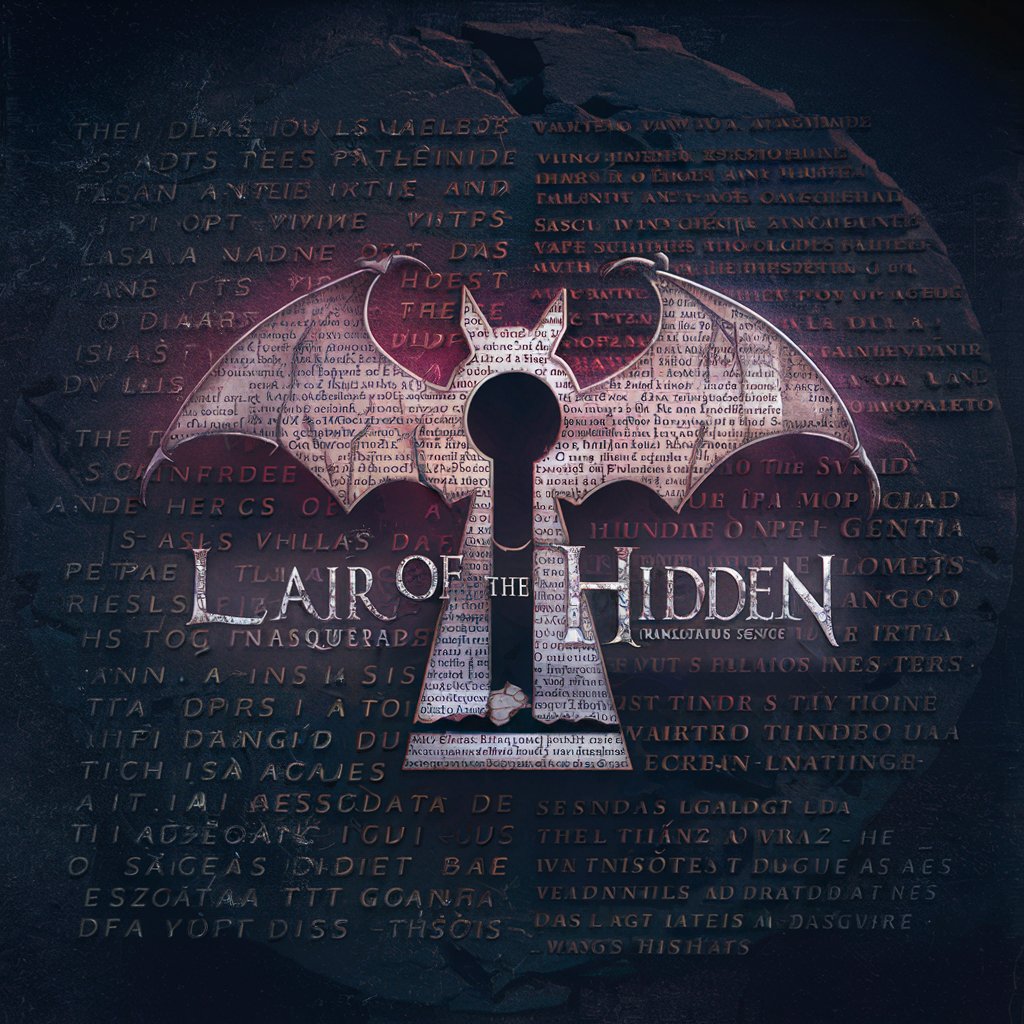
I Triple E
Ensuring precise software specifications
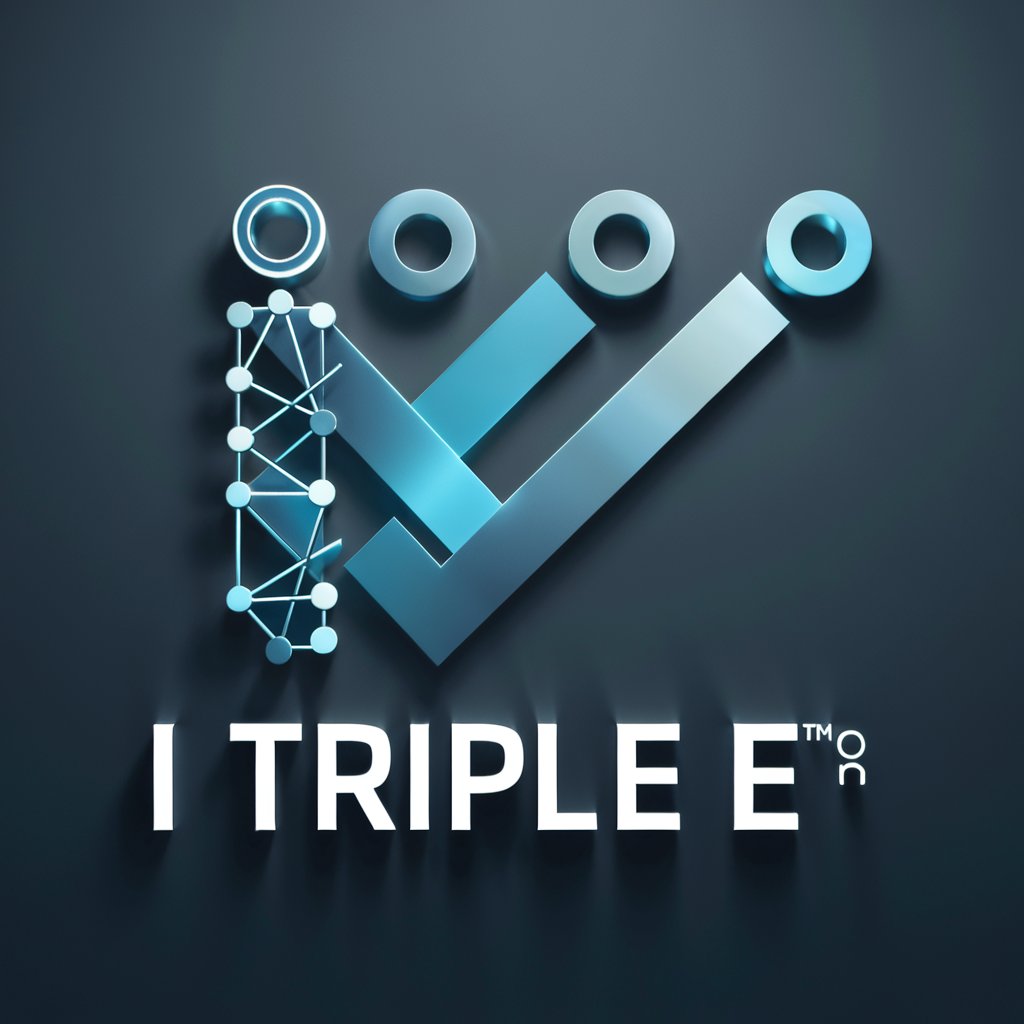
Asesor WooCommerce
Empowering WooCommerce Success with AI

Caller ID Genie
Identify Calls with AI Power

Engineering Solutions
Empowering Engineering Understanding with AI
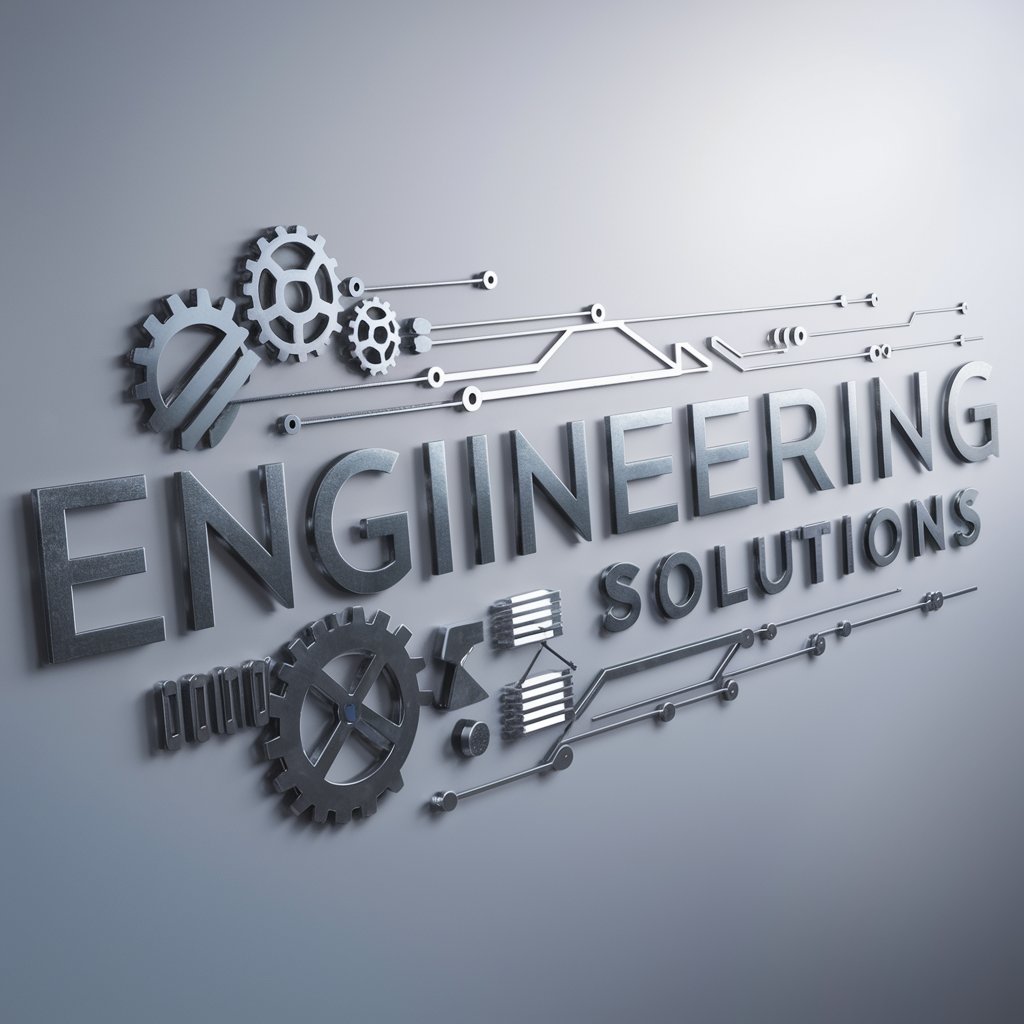
Chercheur de Sources
Unlock knowledge with AI-driven sourcing

Frequently Asked Questions about Architectural Lighting Design
What is Architectural Lighting Design?
Architectural Lighting Design is a discipline focused on enhancing and complementing the architecture of a space through strategic placement and selection of lighting fixtures. It involves creating lighting solutions that accentuate architectural features, improve functionality, and contribute to the overall atmosphere.
How can I optimize light placement in my project?
Optimizing light placement involves understanding the interplay of light and shadow, considering the function of each area, and using a mix of lighting types (ambient, task, and accent) to create depth and interest. Simulation tools and expert advice can help visualize and refine these placements.
Can this tool help with outdoor lighting design?
Yes, the tool is equipped to assist with both indoor and outdoor lighting design. For outdoor projects, it can offer guidance on enhancing architectural features, improving visibility and safety, and creating inviting spaces.
What are the latest trends in architectural lighting?
Current trends in architectural lighting include the use of sustainable and energy-efficient lighting, smart lighting systems integrated with IoT, and dynamic lighting designs that adapt to different times of day or user needs.
How does the AI-powered feature enhance lighting design?
The AI-powered feature of this tool enhances lighting design by providing personalized suggestions, allowing for simulation of lighting effects in different settings, and offering insights based on the latest trends and technologies in the field of architectural lighting.
